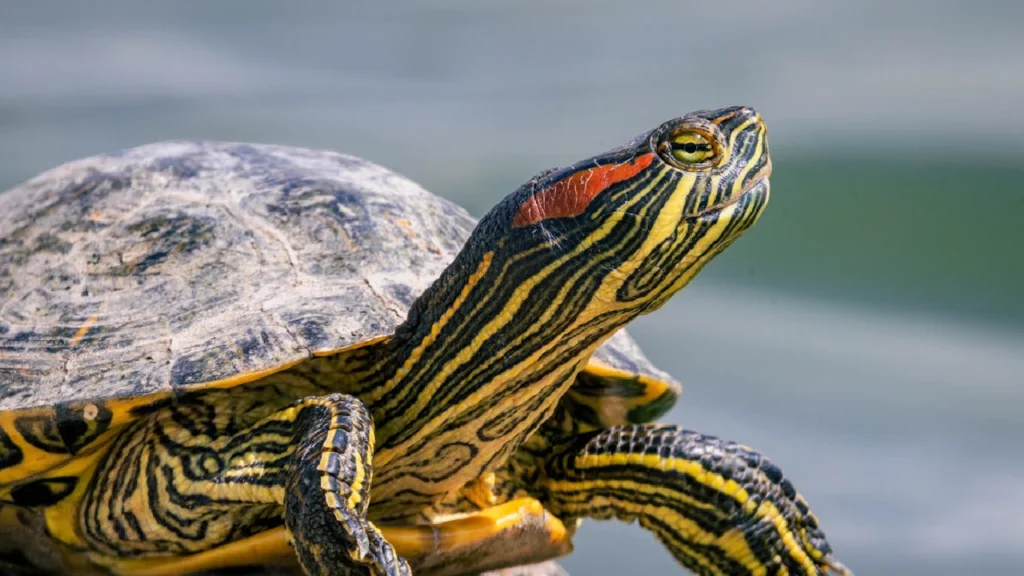If you’re a turtle enthusiast or considering adding a shelled friend to your home, you might be drawn to two popular species in Singapore: the Red-Eared Slider (Trachemys scripta elegans) and the Malayan Box Turtle (Cuora amboinensis). Both have unique characteristics, and caring for them involves understanding their habitats, diets, and local regulations. Here’s a comprehensive guide to help turtle owners navigate the essentials of caring for these turtles in Singapore, focusing on legality, environment, diet, mating, and ways to keep them happy.
A couple of years ago, I shared the responsibility of caring for a pair of turtles, and it was a truly enriching experience. The patience and dedication required for turtle care may seem tedious, but the joy they bring and their happy presence make it all worthwhile.
1. Legality
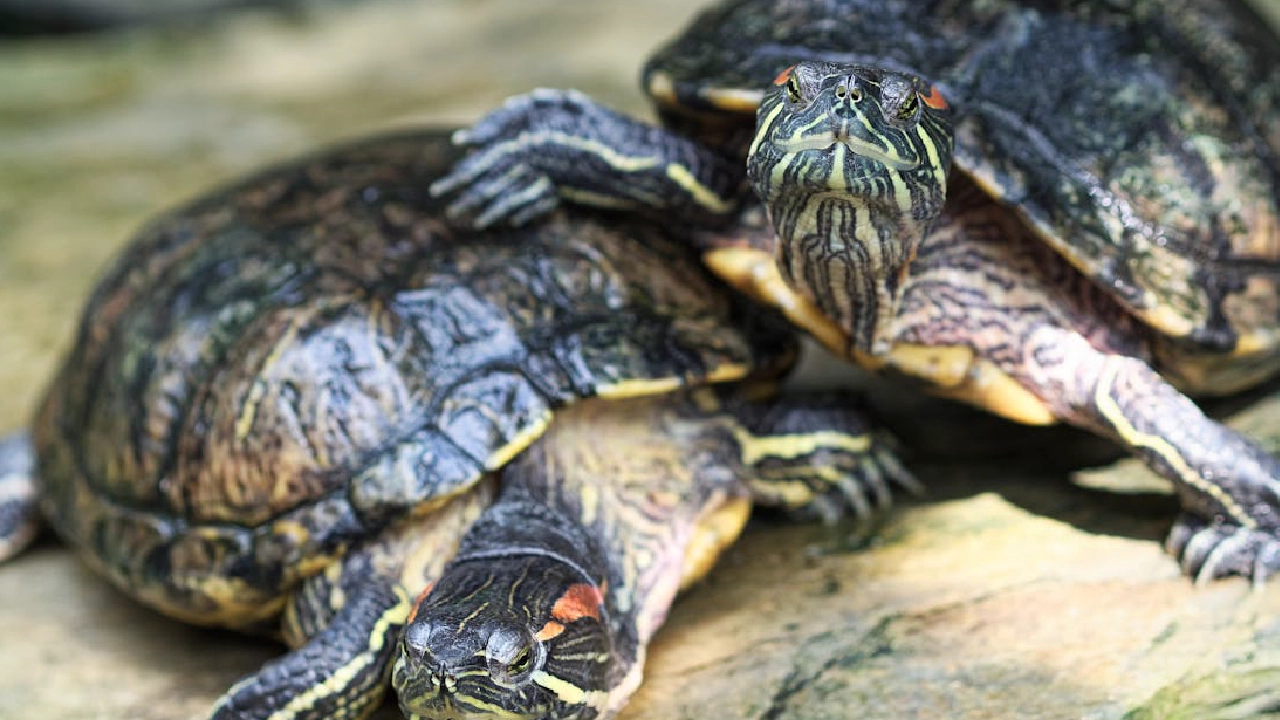
Red-Eared Slider: Red-eared sliders are among the most commonly owned turtle species worldwide, popular in Singapore due to their resilience and affordability. However, due to their invasive nature, strict laws regulate their population. In Singapore, owning red-eared sliders as pets is permitted, but releasing them into the wild is illegal and punishable by law. Releasing non-native species disrupts local ecosystems, so if you’re planning to keep one, make sure it’s a lifelong commitment.
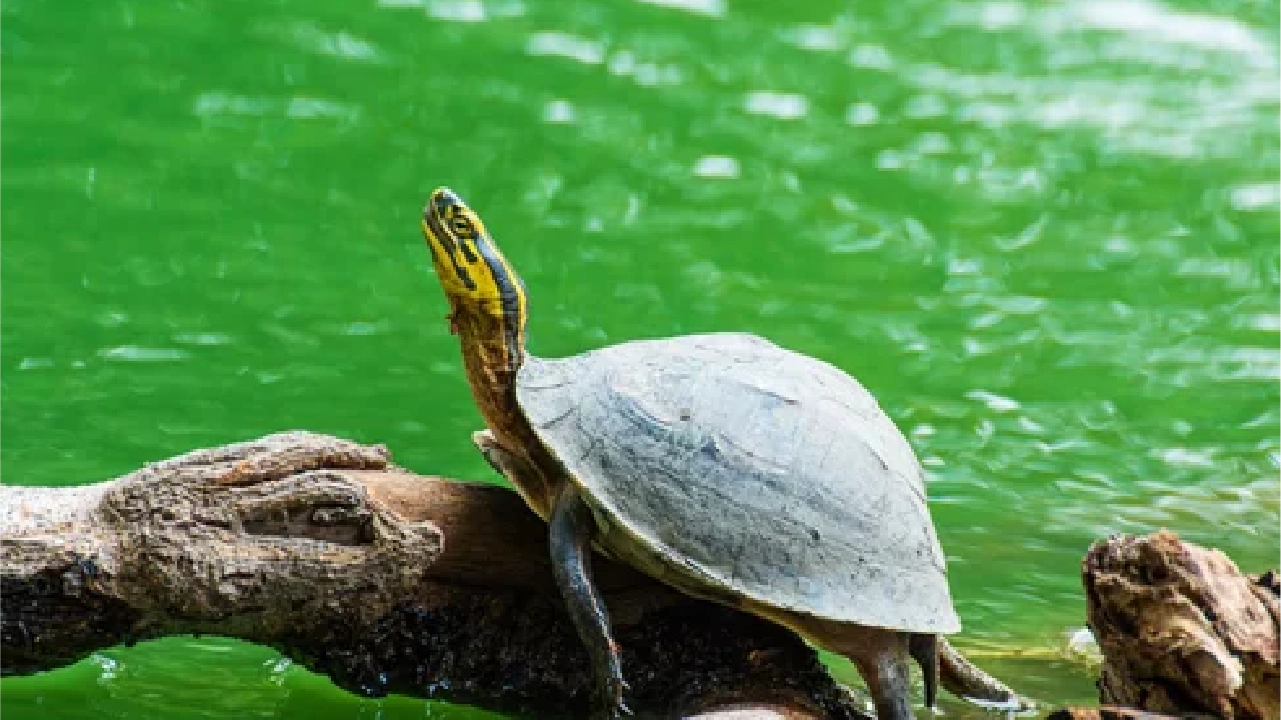
Malayan Box Turtle: The Malayan Box Turtle, a native species also known as Cuora amboinensis, is protected under the Singapore Wildlife Act. Ownership is legal, but collecting them from the wild or releasing them back is prohibited. To avoid legal complications, it’s essential to source your Malayan Box Turtle from reputable pet shops or licensed breeders. Owning a protected species comes with ethical and legal responsibilities, requiring adherence to local regulations.
2. Environment

Habitat Requirements: Both red-eared sliders and Malayan box turtles have distinct habitat needs. Red-eared sliders are semi-aquatic and need an enclosure with ample swimming space and a basking area with UVB lighting to support shell health and calcium metabolism. Their tanks should be at least 40 gallons, allowing room to swim, with a water temperature between 24-28°C and a basking area around 30-35°C.
The Malayan box turtle, in contrast, is primarily terrestrial but enjoys a shallow water source for soaking. Its enclosure should include damp soil or moss to maintain essential humidity, with temperatures between 26-30°C and a basking area at approximately 28°C. Add hiding spots and vegetation to mimic their natural environment and reduce stress.
Cleaning: Regular cleaning is crucial for both species. Aquatic tanks for red-eared sliders quickly accumulate algae and waste, so a high-quality water filter is necessary, along with weekly water changes to maintain a healthy environment. For Malayan box turtles, replace the soil and clean the water dish weekly to prevent mold and bacteria buildup.
3. Food and Diet
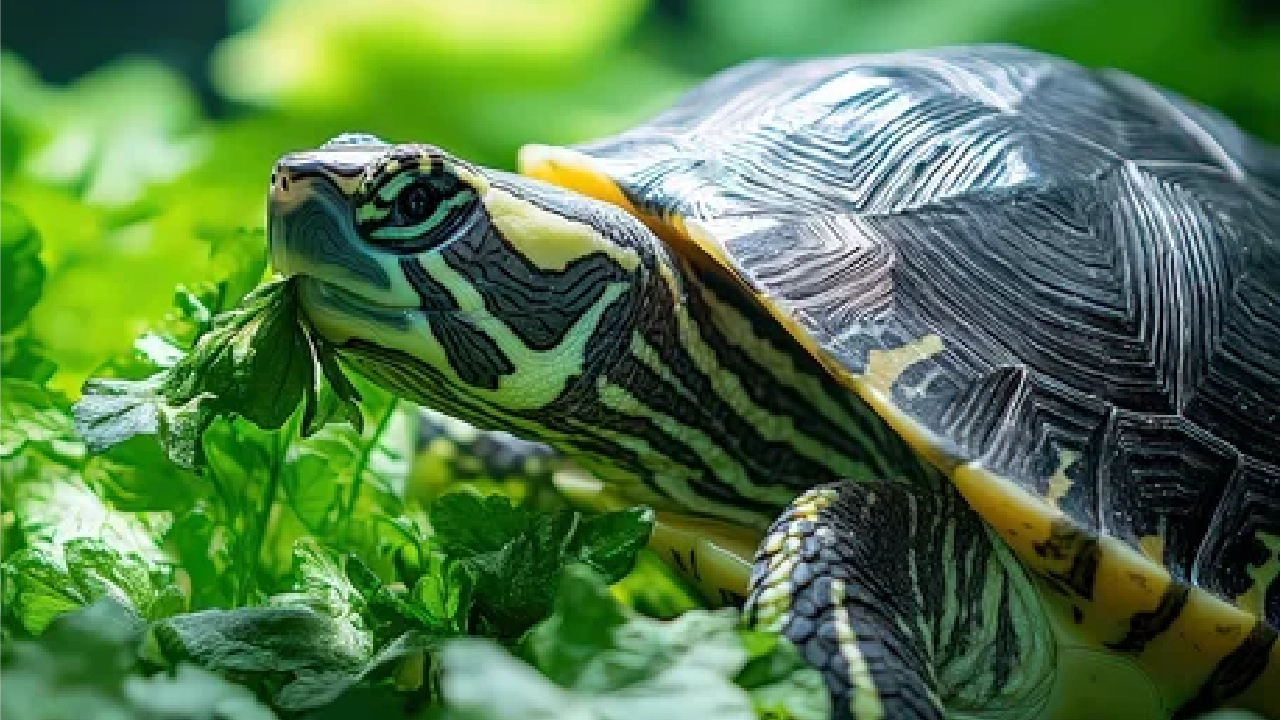
Dietary Needs: Red-eared sliders are omnivorous, while Malayan box turtles are more herbivorous. A red-eared slider’s diet should include turtle pellets, leafy greens like romaine lettuce, and occasional treats such as small fish or shrimp. Malayan box turtles prefer fruits, vegetables, and leafy greens, but they also benefit from protein sources like earthworms or boiled eggs.
Available Brands: In Singapore, several high-quality commercial turtle foods are available:
- Hikari Turtle Sticks (SGD 10–15): Rich in protein and essential vitamins, suitable for both species.
- ReptoMin Floating Food Sticks (SGD 8–12): Ideal for red-eared sliders as they float, encouraging natural feeding behaviors.
- Mazuri Aquatic Turtle Diet (SGD 15–20): Known for its balanced nutrition, beneficial for both species, particularly in balancing protein and plant content.
Alongside commercial food, fresh vegetables and occasional protein supplements are essential. However, avoid overfeeding to prevent obesity, a common issue in captive turtles.
4. Mating and Breeding
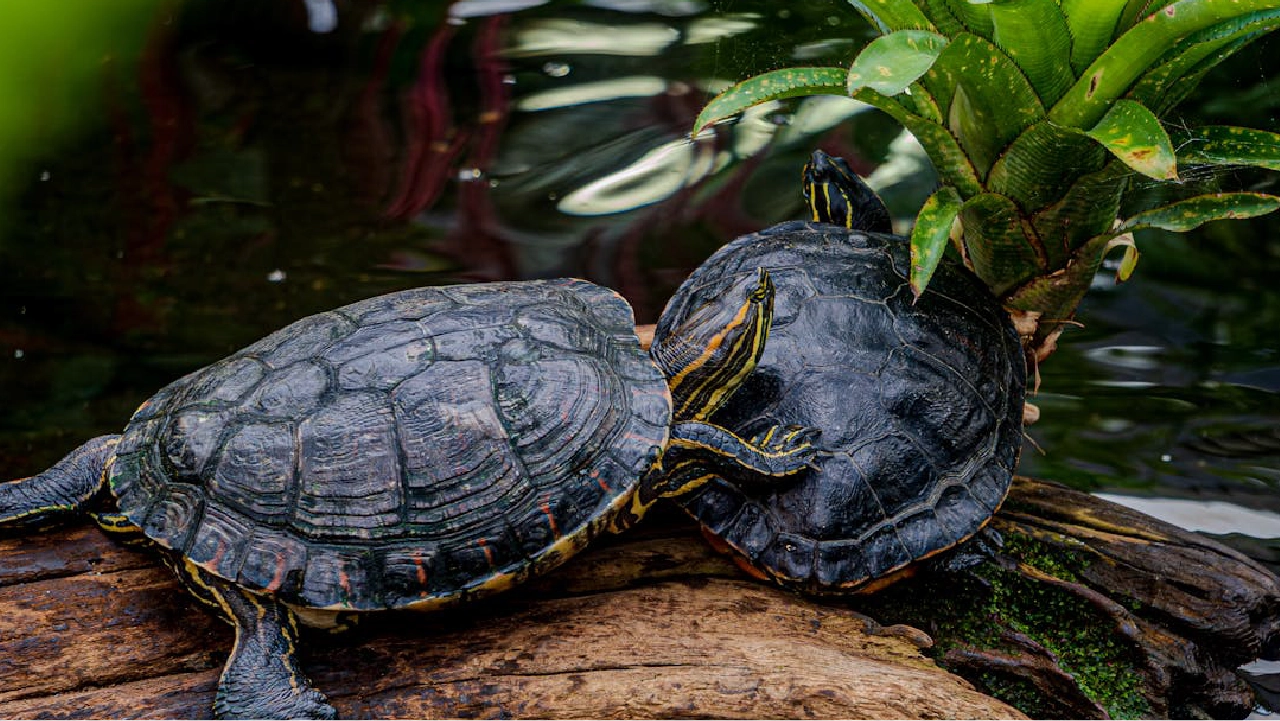
If you’re interested in breeding, understanding turtle mating behavior is essential. Red-Eared Sliders typically reach sexual maturity at 2-4 years. Males court females by extending their front claws and fluttering them near the female’s head—a fascinating display. For breeding, provide a separate tank with a soft substrate for the female to lay eggs, which should then be incubated in a warm, humid environment for about 60-90 days, depending on temperature.
Malayan Box Turtles reach maturity around 5-7 years. Unlike red-eared sliders, they are less likely to breed in captivity without specific conditions. For breeding, consult with local reptile experts, as their requirements can be challenging to meet without carefully controlled conditions that mimic natural seasonal changes.
5. Keeping Them Happy
Mental Stimulation: Turtles can get bored, especially in captivity, so enrich their environments. For red-eared sliders, add live plants or safe decorations to their water area. For Malayan box turtles, hiding spots, varied soil textures, and occasional live prey (such as small crickets) keep them engaged and active.
Handling: While it may be tempting to handle your turtle frequently, both red-eared sliders and Malayan box turtles prefer minimal interaction. Excessive handling can stress them and disrupt their natural behaviors. Only handle them when necessary, such as for tank cleaning or health checks, and always support their body fully to prevent stress.
Health Monitoring: Regularly monitor your turtle for signs of health issues. Shell rot, respiratory infections, and vitamin deficiencies are common in captive turtles. Ensure they have adequate UVB exposure, as it aids in calcium absorption and prevents shell deformities. An annual check-up with an exotic animal vet is recommended to catch potential health issues early.
Caring for Red-Eared Sliders and Malayan Box Turtles in Singapore requires commitment, knowledge, and respect for local laws. By creating an ideal habitat, feeding them a balanced diet, and providing mental stimulation, you can ensure a long, fulfilling life for your shelled companions. Remember, owning a turtle is a long-term commitment. With proper care and attention, these remarkable creatures can live for decades, bringing joy and companionship to their owners.
Whether you’re a new turtle owner or considering bringing one home, keep these guidelines in mind to provide your turtle with the best possible environment for a thriving life. May your experience be as joyful as mine!

